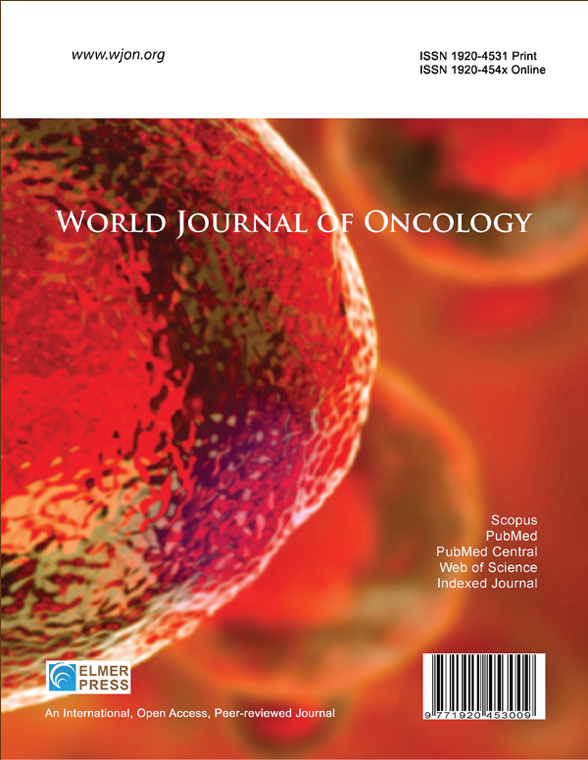Demographic Variations in Immune Checkpoint Inhibitor Adverse Events: A Real-World Study
DOI:
https://doi.org/10.14740/wjon2612Keywords:
PDL-1, CTLA-4, Immune checkpoint inhibitors, Immune-related adverse events, Pembrolizumab, NivolumabAbstract
Background: Immune checkpoint inhibitors (ICIs) have caused a paradigm shift in cancer therapy, but the resultant immune activation also precipitates autoimmune toxicities termed immune-related adverse events (irAEs). However, system-specific analyses of irAEs remain limited, particularly their variation with body mass index (BMI), race, sex, age, and type of ICI.
Methods: A retrospective analysis was conducted on 244 patients who developed irAEs after receiving ICI. Among the study population, 58% were female; the racial and ethnic distribution was 84% White, 13% Hispanic, 2% African American, and 1% Asian; and the age breakdown was 23% under 65 years, 38% between 65 and 79 years, and 39% over 80 years. Univariate analysis was performed employing the Chi-square test. Multivariable logistic regression and cluster analyses revealed distinct irAE predictors.
Results: Univariate analysis (Chi-square) showed significant associations between BMI and pneumonitis (P = 0.02) and between race and hepatitis (P = 0.04), but these did not persist in multivariate regression. No significant correlations were found between thyroiditis or colitis and sex, race, BMI, age, or immunotherapy type. Increasing age was protective against neutropenia, with significantly lower risk in patients aged 65 - 79 (odds ratio (OR) 0.38, P = 0.007) and ≥ 80 years (OR 0.18, P < 0.001); African Americans were at higher risk (OR 10.29, P = 0.02), and male sex was protective (OR 0.51, P = 0.03). Anemia was less frequent in those ≥ 80 years (OR 0.48, P = 0.03) and Hispanics (OR 0.4, P = 0.03). Thrombocytopenia risk was reduced in patients aged 65 - 79 (OR 0.41, P = 0.03) and ≥ 80 (OR 0.36, P < 0.001). Cluster analysis showed higher irAE rates in patients treated with nivolumab (alone or with ipilimumab) compared to pembrolizumab.
Conclusion: Advanced age showed a protective effect on cytopenias. Hispanics had reduced anemia and dermatitis risk; African Americans and females had higher neutropenia, and obesity was linked to dermatitis. These findings may aid clinicians in personalizing ICI counseling and recognizing at-risk groups.

Published
Issue
Section
License
Copyright (c) 2025 The authors

This work is licensed under a Creative Commons Attribution-NonCommercial 4.0 International License.










